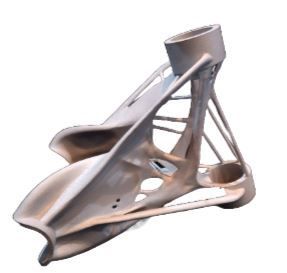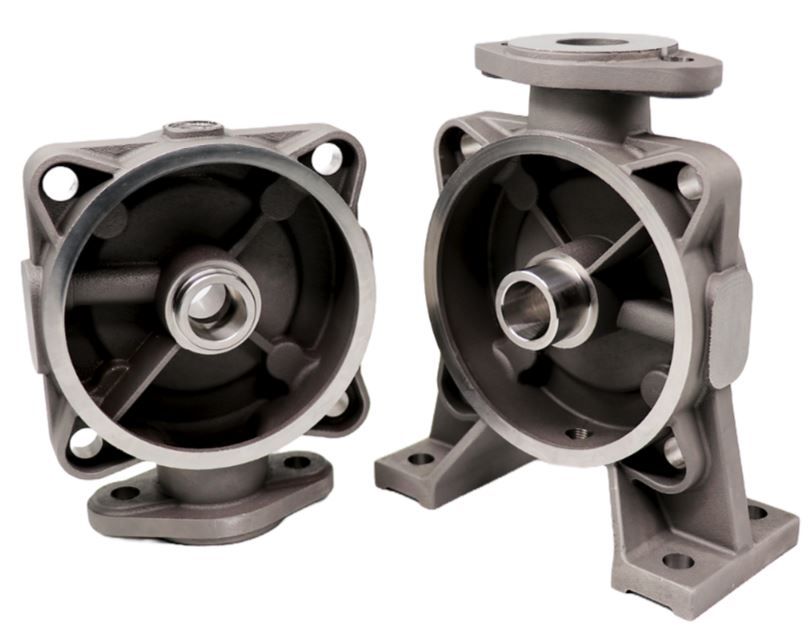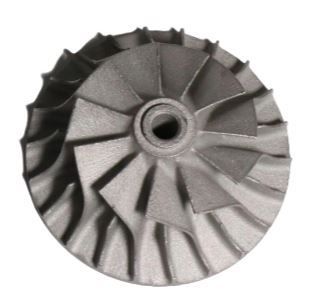SLM metal components: Precision and strength from the 3D printer
Precise and strong metal components from the 3D printer
Selective laser melting is an advanced technology for manufacturing complex metal components directly from digital data.
In contrast to selective laser sintering, which works with plastic, SLM uses fine metal powder to produce components with outstanding mechanical properties and high density. Let's take a look at the steps of the SLM process from data preparation to post-processing of the finished parts:





